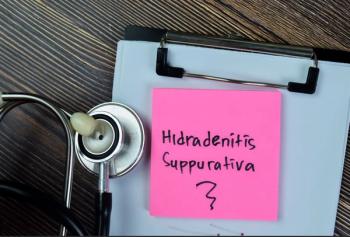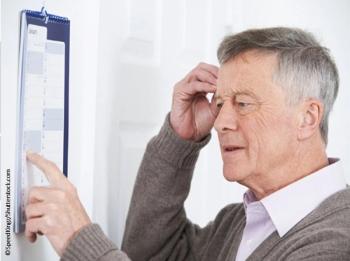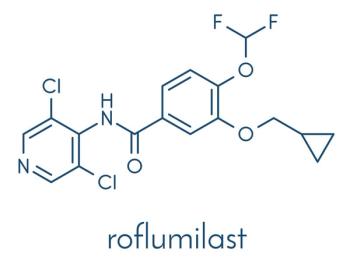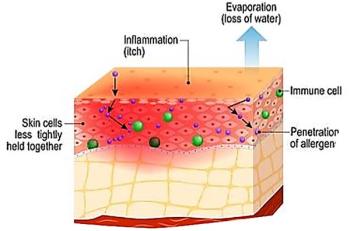
Exercise Boosts Joint Health as It Builds Cardiovascular Fitness
MELBOURNE, Australia -- Physical activity strengthens cartilage in the knee and protects older patients against osteoarthritis, researchers here found.
MELBOURNE, Australia, Sept. 28 -- Physical activity strengthens cartilage in the knee and protects older patients against osteoarthritis, researchers here found.
Vigorous exercise whether current or earlier in life was associated with increased tibial cartilage volume without increasing cartilage defects and even regular walking reduced the risk of bone marrow lesions, according to a study of healthy adults ages 50 to 79 in the October issue of the journal Arthritis Care & Research.
All three factors play an important role in osteoarthritis, suggesting that even moderate amounts of joint-loading exercise may protect against osteoarthritis risk, reported Flavia M. Cicuttini, Ph.D., of Monash University and Alfred Hospital here, and colleagues.
"Our data suggest that at least 20 minutes once per week of activity sufficient to result in sweating or some shortness of breath might be adequate," they concluded.
"This is similar to, if not somewhat less than, the recommendations for cardiovascular health, and at least suggests that exercise that is good for the heart is not detrimental to the knee joint," they concluded.
Some previous studies suggested exercise increases risk for knee osteoarthritis whereas others have suggested physical activity protects the knee. The conflicting findings may be partly explained by the indirect measures of osteoarthritis used in these studies, the researchers said.
So they studied these measures directly with magnetic resonance imaging in 297 community-living adults, all in the larger prospective Melbourne Collaborative Cohort Study.
Those with a past or present knee injury or any arthritis were excluded to allow "inferences to be made about the risk factors for pathologic processes involved in primary pathology," the researchers said.
Participants completed questionnaires on physical activity at baseline in 1990 to 1994 and again in 2003 to 2004. They also underwent MRI of their dominant knee at follow-up when the average age was 58.
At baseline, 35% of participants reported vigorous physical activity and a similar 33% reported vigorous exercise at follow-up. Vigorous exercise was defined as activity leading to sweating or shortness of breath, such as running, tennis, and swimming.
Each step up in frequency of vigorous exercise reported about 10 years prior, at baseline, from never, once, twice, and three or more times per week was associated with a 115 mm3 increase in mean tibial cartilage volume after adjusting for other factors (P=0.01).
Each increase in duration of regular strenuous exercise from never, less than a year, one to five years, and more than five years was associated with a 114 mm3 increase in mean tibial cartilage volume after controlling for other factors (P=0.001).
Although baseline vigorous exercise was not correlated with bone marrow lesions (P=0.40) or cartilage defects (P=0.60), regular walking at baseline reduced the likelihood of bone marrow lesions 40% after adjusting for other factors (odds ratio 0.6, 95% confidence interval 0.3 to 0.98, P=0.04).
Current strenuous weight-bearing activity (excluding swimming and hydrotherapy) at follow-up was associated with 209mm3 greater mean tibial cartilage volume (P=0.02) and reduced risk of cartilage defects (OR 0.5, P=0.02).
Likewise, each additional episode of vigorous exercise in the week prior to MRI increased cartilage volume by 237 mm3 (P
Newsletter
Enhance your clinical practice with the Patient Care newsletter, offering the latest evidence-based guidelines, diagnostic insights, and treatment strategies for primary care physicians.
























































































































































































































































































